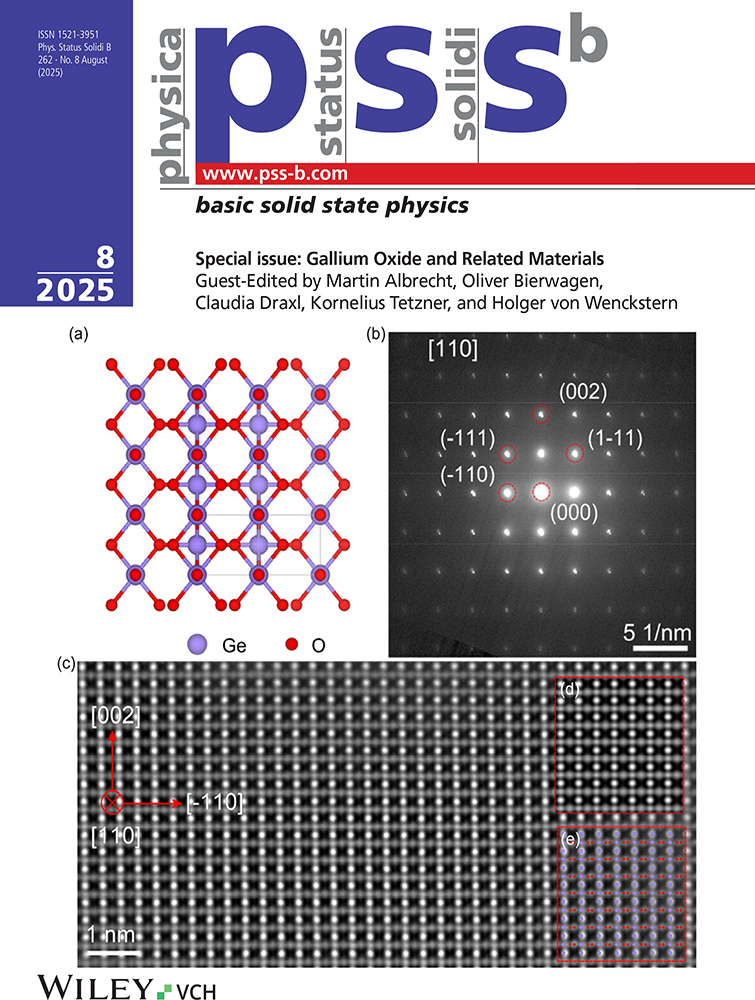Abstract
This paper describes the characterization of the heterovalent interfaces of ZnSe/GaAs, which is a closely lattice-matched heterostructure system, and the effects of the interface chemistry on the growth mode and defect generation. We prepare interfaces having different chemical compositions by exposing Zn, Se, or Te prior to ZnSe growth on GaAs(001) surfaces with different surface stoichiometries. Depending on the surface preparation and growth procedures, the interface chemistry varies from a Ga–Se bond dominated interface to a Zn–Se bond dominated one. The interface chemistry causes a rearrangement of the interface structure to satisfy charge neutralization, which should affect the growth mechanism and the defect generation as well. The defect generation is well correlated with the interface chemistry, while the growth mode is rather correlated not only with the energetics but also the kinetics of the surface. We propose (110) growth as an alternative to (100) growth to avoid heterovalence problems of the present ZnSe-based light emitting devices.




